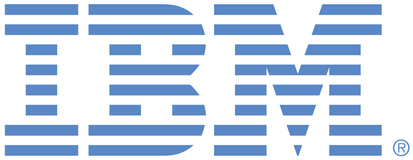
This portal is to open public enhancement requests against the products and services belonging to IBM Sustainability Software. To view all of your ideas submitted to IBM, create and manage groups of Ideas, or create an idea explicitly set to be either visible by all (public) or visible only to you and IBM (private), use the IBM Unified Ideas Portal (https://ideas.ibm.com).
Shape the future of IBM!
We invite you to shape the future of IBM, including product roadmaps, by submitting ideas that matter to you the most. Here's how it works:
Search existing ideas
Start by searching and reviewing ideas and requests to enhance a product or service. Take a look at ideas others have posted, and add a comment, vote, or subscribe to updates on them if they matter to you. If you can't find what you are looking for,
Post your ideas
Post an idea.
Get feedback from the IBM team and other customers to refine your idea.
Follow the idea through the IBM Ideas process.
Specific links you will want to bookmark for future use
Welcome to the IBM Ideas Portal (https://www.ibm.com/ideas) - Use this site to find out additional information and details about the IBM Ideas process and statuses.
IBM Unified Ideas Portal (https://ideas.ibm.com) - Use this site to view all of your ideas, create new ideas for any IBM product, or search for ideas across all of IBM.
ideasibm@us.ibm.com - Use this email to suggest enhancements to the Ideas process or request help from IBM for submitting your Ideas.

The ReqIF Implementation Guide 2.10 has now clarified how to represent objects that are reused in Requirements Authoring Tools in ReqIF. The above idea would be a valid implementation of this.
The relevant part of the ReqIF Implementation Guide 2.10 is as follows:
"2.18 How to represent objects that are reused in Requirements Authoring Tools in ReqIF
The ReqIF standard compliant way to export re-used objects is by exporting a single SpecObject and referencing that SpecObject from multiple SpecHierarchies (which might be part of the same or different Specifications).
When importing a reused SpecObject to a requirements authoring tool that doesn’t support reuse, and then exporting the object again, the process is:
If there are two or more copies of that reused object in the requirements authoring tool, consolidate them into one SpecObject in the ReqIF export. Use the original ReqIF identifier (as it was in the ReqIF file that has been imported) so that there’s again a single reused SpecObject, as in the ReqIF file imported before. "
The last paragraph is concerning requirements authoring tools that do not support reuse, wich would not be relevant here, as DOORS Next supports requirments reuse.